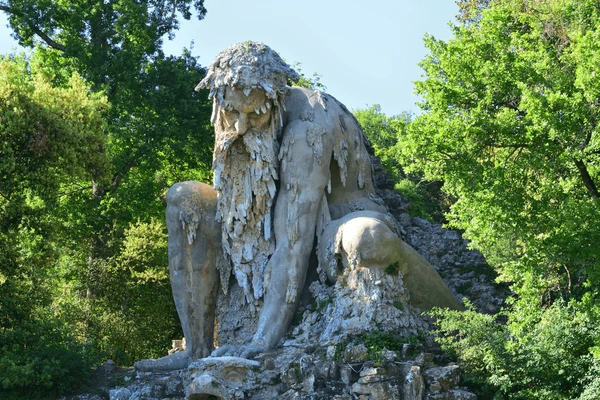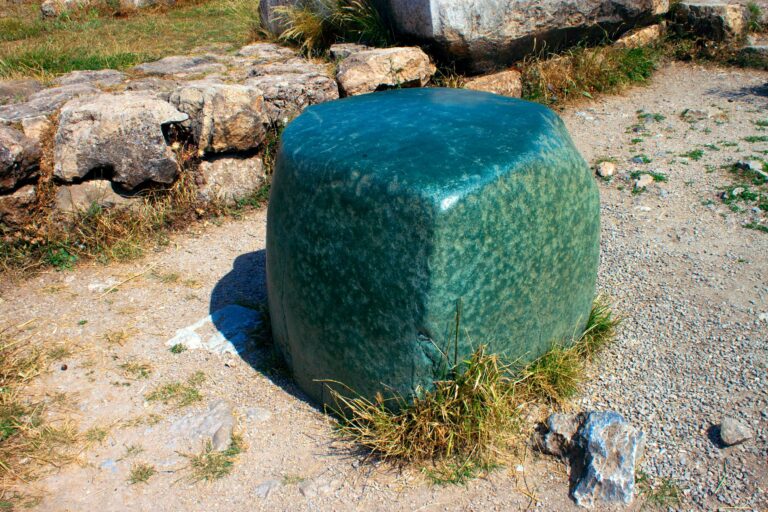Exploring the Hidden Marvels of Florence’s 16th-Century Appennino Colossus
In the enchanting landscape of Tuscany, near Florence, lies a monumental sculpture that combines artistry with architectural ingenuity. The Appennino colossus, created by the renowned Italian sculptor Giambologna in the late 1500s, stands as a towering symbol of Italy’s rugged Apennine Mountains. This colossal figure, measuring an impressive 35 feet in height, is not only a remarkable work of art but also a structure filled with hidden wonders. Here’s a deeper look into this fascinating sculpture and the secrets it holds.
1. The Majestic Sculpture
The Appennino colossus, also known as the “Mountain God,” was erected as a tribute to Italy’s rugged mountainous terrain. Giambologna, a master sculptor of the Renaissance period, designed this figure to embody the raw power and majesty of the Apennine Mountains. The statue’s immense size and intricate detailing reflect the skill and creativity of its creator, making it a standout feature on the grounds of the Villa di Pratolino.
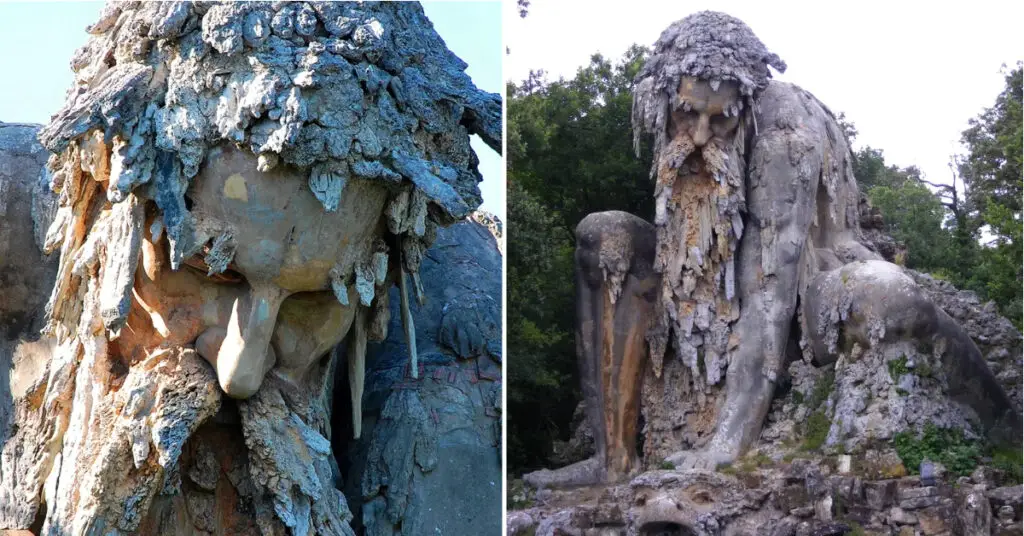
2. Hidden Interiors and Ingenious Features
What makes the Appennino truly unique is the hidden interior within its monumental form. Giambologna’s innovative design includes several rooms, each with distinct functions that enhance the statue’s lifelike qualities:
- Water Feature: The colossus’s left hand holds a monstrous figure designed to channel water from an underground stream, creating a dynamic water feature that adds to the statue’s dramatic effect.
- Fireplace: Rumor has it that a space was incorporated into the statue’s head for a fireplace. When lit, this fireplace would produce smoke that would escape through the colossus’s nostrils, adding to the illusion of a living mountain god.
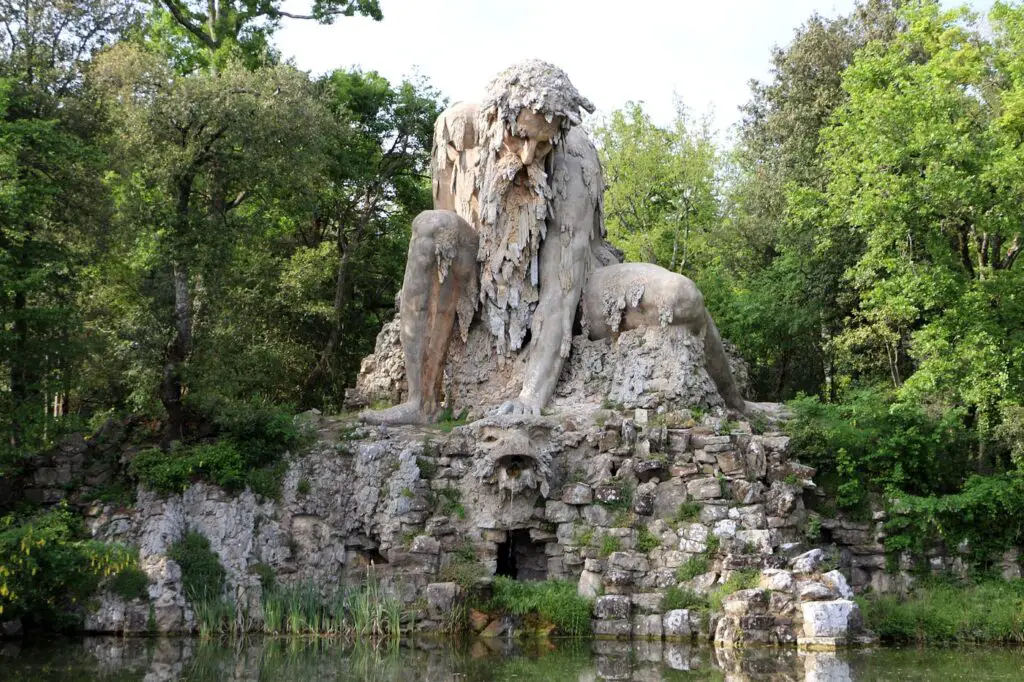
3. Artistic and Symbolic Significance
The Appennino is more than just a sculpture; it is a symbol of the natural grandeur and artistic achievements of the Renaissance. Giambologna’s work reflects the era’s fascination with blending art and engineering. The integration of functional elements, such as water channels and smoke effects, demonstrates a sophisticated understanding of both artistic and mechanical principles.
4. Preservation and Legacy
The Appennino continues to be a significant cultural and historical artifact. Preservation efforts ensure that this extraordinary sculpture remains a source of fascination for art lovers, historians, and visitors alike. Its unique features and historical context make it a cherished part of Italy’s artistic heritage.
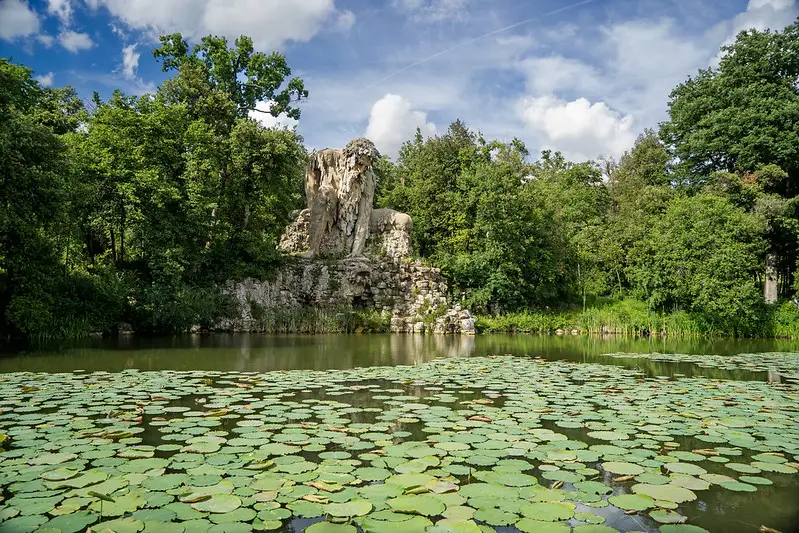
Conclusion
Giambologna’s Appennino colossus stands as a monumental testament to Renaissance artistry and innovation. With its towering presence, hidden interiors, and dynamic features, the statue embodies the spirit of Italy’s rugged mountains and the creative genius of its sculptor. As a symbol of artistic and architectural achievement, the Appennino remains a captivating and enduring marvel.
Have you experienced the Appennino colossus in person or explored its hidden features? Share your thoughts and experiences with this remarkable piece of art!
